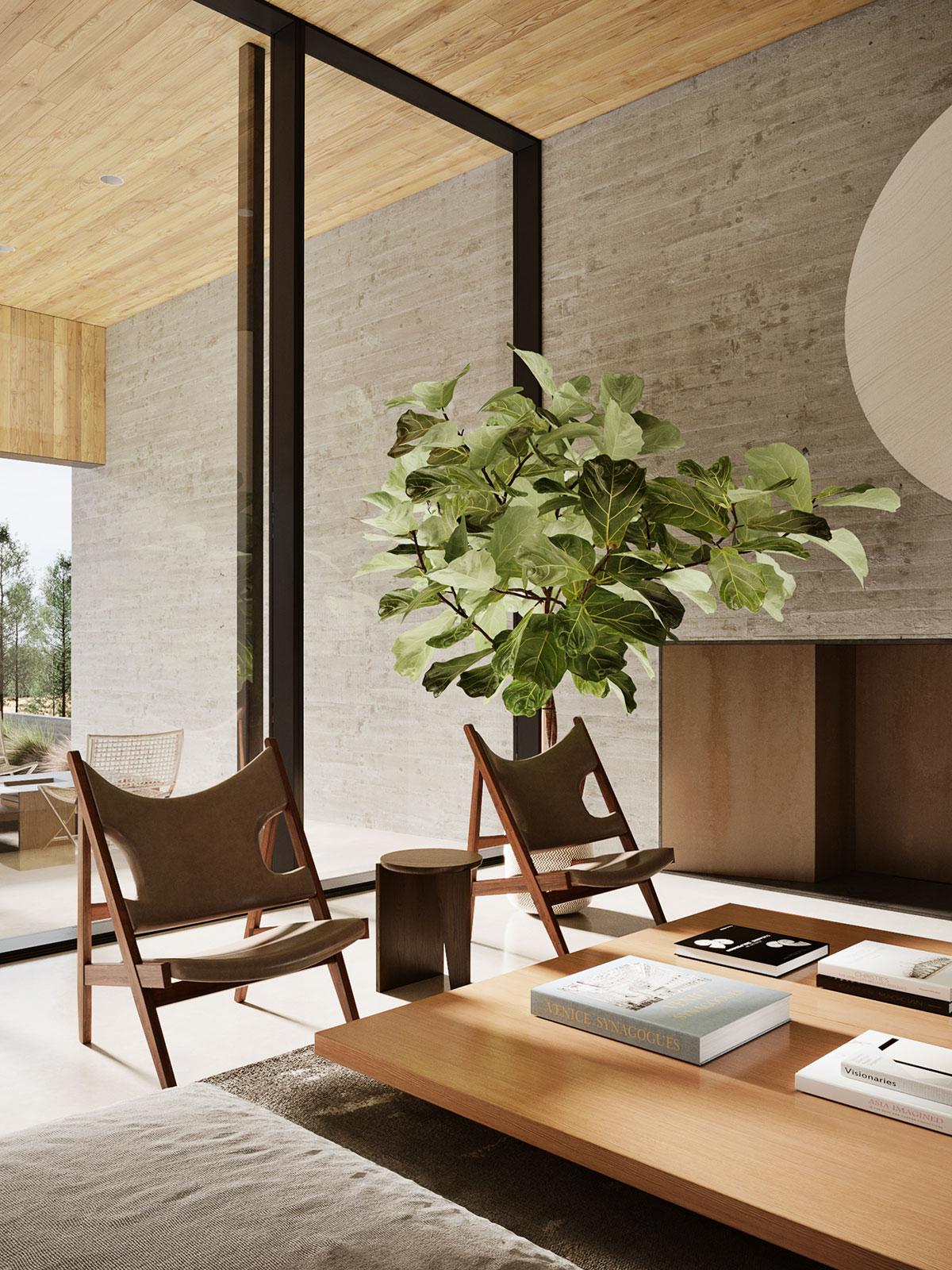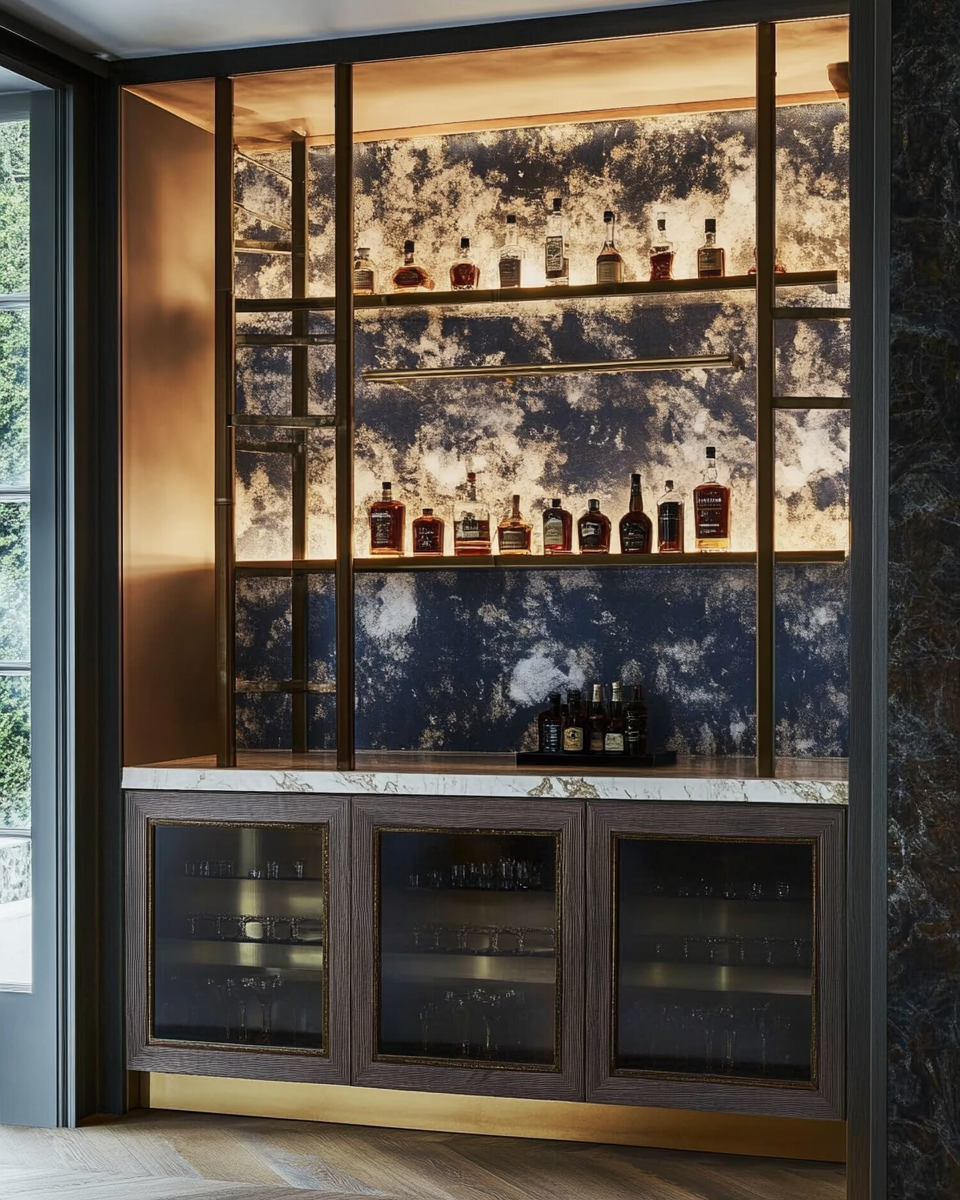
The Appeal of Forest Living
Why more people are trading city life for high-end woodland retreats
There’s a growing desire to live closer to nature—but not at the expense of comfort or design. Forest living has become one of the most appealing shifts in lifestyle, especially for those who want privacy, beauty, and space, without compromising on luxury. Places like Fairhaven Bay in Lincoln, Massachusetts, offer the perfect blend: serene wooded settings paired with high-end, thoughtfully designed homes.
Today’s forest homes aren’t rustic cabins with basic amenities. They’re sophisticated, architect-led spaces with expansive glass walls, curated vintage furniture, rich stonework, and seamless indoor-outdoor connections. Think spa-style bathrooms with views of the trees, sculptural fireplaces, and carefully selected lighting that feels more like art. The design philosophy is less about escaping modern life and more about enhancing it—creating a daily environment that inspires calm, clarity, and deeper connection.
Moving out of the city isn’t about giving things up. It’s about gaining more: more space, more light, more air, and more quiet. For many, especially families and creative professionals, forest living offers a deeper sense of wellbeing—where design and nature support each other.
Homes like those designed by Hutker Architects, with interiors by Jamie Baird, show just how elevated this lifestyle can be. Forest living no longer means sacrificing style—it means finding it in new forms. And as life gets faster and louder, the idea of a home surrounded by trees, birdsong, and beauty becomes not just appealing, but essential.



